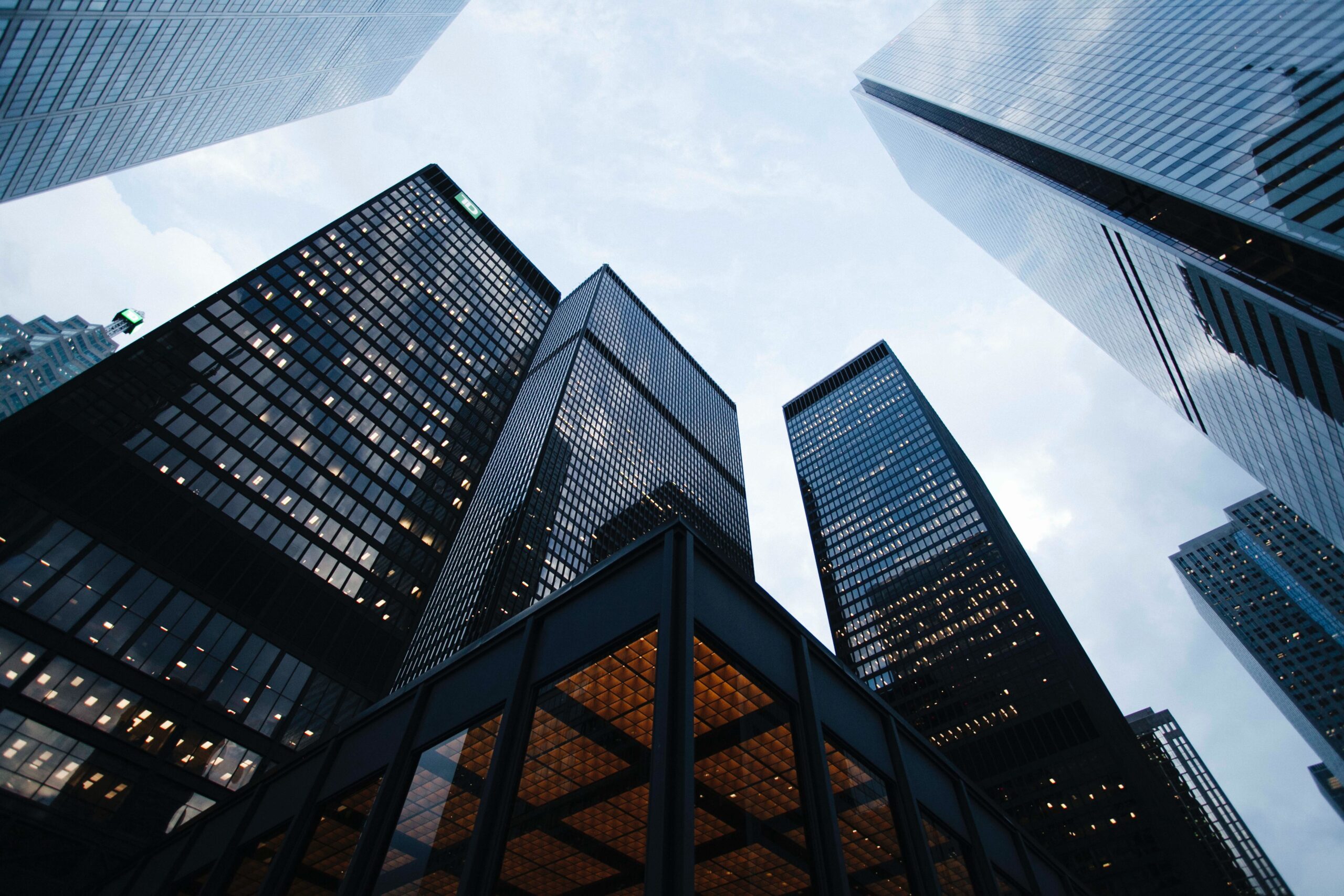According to the United Nations Environment Program, the built environment accounts for 39% of gross annual carbon emissions worldwide, a figure comprising both operational and embodied carbon,[1] As climate change results in increasing extreme weather globally, rendering the role of the built environment in reducing environmental impacts more pressing. According to the United Nations Environment Program (UNEP), building construction and operations account for 38% of the total energy carbon emissions worldwide.
Designing future construction and modernizing existing structures for energy efficiency will be essential to reach net-zero emissions. Below I illustrate how net-zero buildings can reshape the built environment for the better.
A Positive Start Toward Decarbonization in the U.S.
The United States is fast-tracking its goal of net-zero buildings through the Federal Sustainability Plan. Implemented through President Biden’s Executive Order 14057, it outlines how to achieve emissions-free federal buildings by 2045: an ambitious feat to reduce energy and conserve resources.
Led by government agencies, designs for new construction projects and substantial modernization of existing buildings over 25,000 square feet will undergo planning and construction for net-zero to meet specific annual targets by 2030.
U.S. government agencies will prioritize the following economic planning for retrofitted buildings:
- Enhanced electrification by swapping out older fossil-fuel-powered equipment with emissions-free alternatives
- On-site clean energy generation and storage
- Installation of emissions-reducing building operational technologies
- Utilization of artificial intelligence (AI) technologies for performance monitoring and issues hindering efficiency savings
Of course, net zero communities also integrate energy efficiency strategies for residential, transportation and industrial emissions. However, decarbonizing federal agency buildings is a start to widespread emissions reduction, delivering new progress metrics and solutions that consider energy throughout the entire community infrastructure.
The Case for Clean Energy in Buildings
Aggressive measures are needed to address the building and construction sector’s problem of high emissions – a problem that has a linear relationship with the increase as construction rates rise. problem. Currently, energy efficiency in this sector lags as emissions from heating and cooling, ventilation, insulation, appliances, and construction ramp up.
However, adopting efficiency tools to electrify buildings can significantly reduce emissions in the atmosphere, decreasing the effects of global warming and creating greater sustainability for future generations.
Various net-zero buildings in the U.S. prove it’s possible to achieve optimal energy efficiency. For example, Portland-based engineering firm PAE utilizes simple tactics like radiant floor heating, window ventilation and natural lighting to make its 58,000-square-foot building one of the lowest-emitting structures in the U.S.
In Riverside, California, the California Air Resources Board’s (CARB) 403,306-square-foot headquarters is considered the largest net-zero energy structure nationwide. The CARB complex integrates extensive passive and active efficiency measures, including solar panels, tree shading, humidity control, light-emitting diode (LED) bulbs, electric vehicle (EV) charging stations and advanced air circulation systems.
These areas make a case for a net-zero built environment worthwhile — environmental quality, cost savings and public health.
Environmental Quality
Green new construction and retrofitted buildings have several environmental advantages, comprising reduced office waste, water, and carbon. A 2018 U.S. General Services Administration report found that its range of energy-efficient buildings consumes 28% less water and 23% less air-polluting energy and produces 9% less landfill waste.
Office buildings deplete 9% of the total commercial water use in the U.S. — the most prominent sources are heating and cooling, bathroom facilities and landscaping. However, the latest energy-efficient technologies (such as BEE SENSE Monitoring) that monitor energy and water use can help lessen consumption, reducing costs.
Additionally, net-zero new construction and retrofits accumulate far less waste than conventional building practices. Leadership in Energy and Environmental Design (LEED) buildings divert 75% of waste from landfills throughout a project’s construction and demolition stages.
Retrofitting existing structures further reduces waste by minimizing new product demand and boosting salvaged materials use. Retrofitting also enables lighter demolition, which creates less waste.
Cost Savings
The money saved through net-zero construction and retrofitted buildings make energy efficiency appealing. Up front investments in net-zero facilities are quickly recouped as the buildings become better performing assets in terms of operations and productivity.
According to the U.S. Department of Energy (DOE), green buildings with LEED certification report 20% lower maintenance expenses than standard commercial spaces. Additionally, retrofitted buildings usually reduce their operational costs by 10% annually.
Public Health
In addition to resolving part of the dire environmental impacts of energy emissions, net-zero buildings help improve public health.
Recent studies show that building fossil fuel emissions release ample amounts of particulate matter (PM2.5) into the atmosphere. Scientists even predict that PM2.5 exposure is responsible for one in five global deaths annually. Therefore, decarbonizing the world’s buildings reduces PM2.5 levels and safeguards health.
Other research indicates that net-zero buildings support physical and mental well-being. For example, temperature comfort and passive building designs reduce employee absenteeism and staff retention while boosting workplace productivity and engagement. The same applies to students are school.
Retrofitting older buildings with new insulation and ventilation solutions also reduces indoor allergens, mold exposure, and pressure on respiratory and cardiovascular conditions.
Building a Net-Zero Environment for the Future
Reaching net zero in the built environment is critical for combating climate change. Buildings are a tremendous source of carbon emissions. Fortunately, there are plenty of opportunities to modernize structures and look ahead toward greener urban environments.
[1] https://www.weforum.org/agenda/2022/09/construction-industry-zero-emissions/
Photo by Sean Pollock on Unsplash










